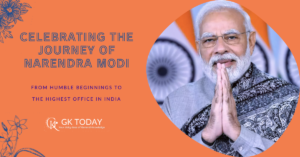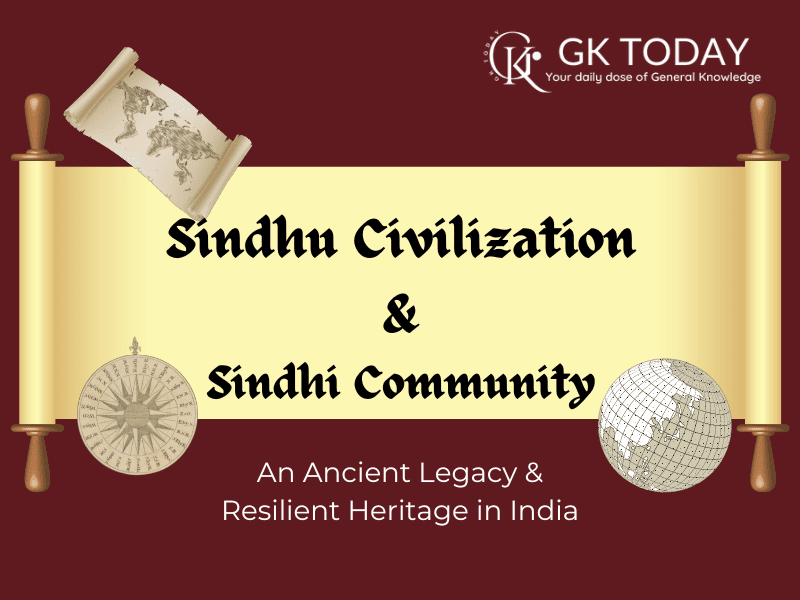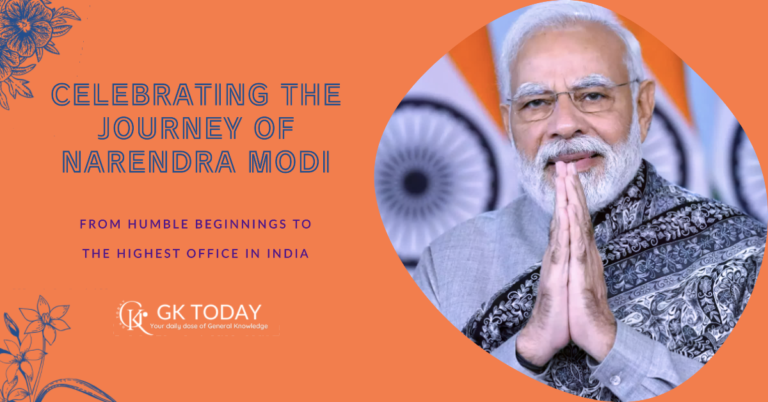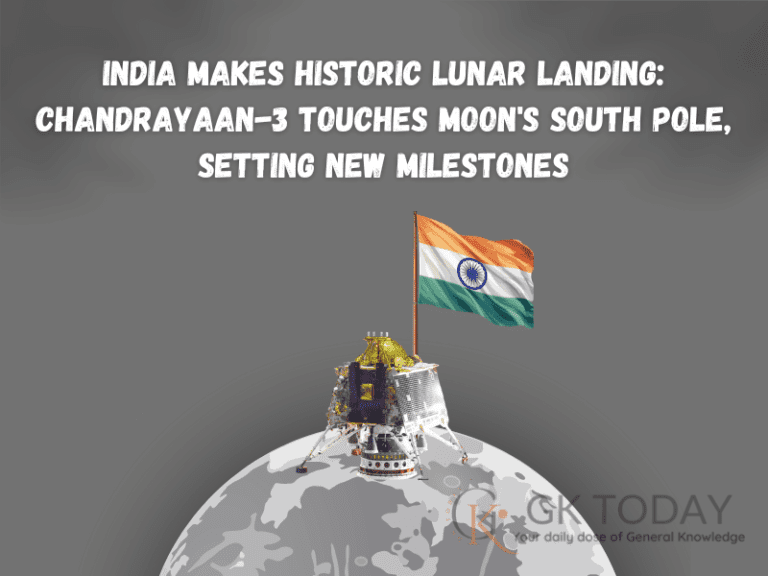Introduction:
Deep within the annals of history lies the enigmatic Sindhu Civilization, also known as the Indus Valley Civilization, an ancient marvel that thrived along the banks of the majestic River Indus. Stretching back to the Bronze Age, from approximately 2600 BCE to 1900 BCE, this remarkable civilization left an indelible mark on the Indian subcontinent. Today, the legacy of the Sindhu Civilization endures through the Sindhi community, scattered across the world, with a significant presence in India. This article embarks on a captivating journey to explore the rich tapestry of the Sindhu Civilization and immerse ourselves in the vibrant culture, traditions, and enduring contributions of the Sindhi community living in India.
Part I: The Sindhu Civilization – Unearthing an Ancient Marvel
In the cradle of the Indus River basin, the Sindhu Civilization flourished, heralding an era of unparalleled advancement in urban living. Archaeological sites like Harappa and Mohenjo-Daro offer glimpses into the sophisticated urban planning and architectural brilliance of the Sindhu Civilization.
- Urban Planning and Architecture: The cities of the Sindhu Civilization were masterpieces of city planning. Organized with meticulous precision, they boasted well-laid grid-like streets and an intricate drainage system. Grand public buildings, imposing granaries, and the iconic Great Bath of Mohenjo-Daro reveal a society that valued communal well-being and embraced ingenuity in engineering.
- Flourishing Trade and Economy: Thriving on trade, the Sindhu Civilization fostered a vast network connecting distant lands like Mesopotamia, Oman, and Bahrain. The economic foundation rested on agriculture, with evidence of advanced farming practices and a diverse range of cultivated crops.
- Enigmatic Script and Artifacts: While the script of the Sindhu Civilization remains an unsolved enigma, the artifacts discovered at these sites shed light on their culture, religious practices, and daily life, preserving glimpses of their fascinating past.
Part II: The Sindhi Community in India – A Tapestry of Adaptation and Resilience
Throughout history, the Sindhi community has traversed a journey fraught with migrations and challenges, yet their indomitable spirit has ensured the preservation of their unique identity and cultural heritage. The seismic event of the partition of British India in 1947 profoundly impacted the Sindhi community, compelling many to leave their ancestral homes in Sindh (now in Pakistan) and seek refuge in various corners of India.
- The Refugee Crisis and Resettlement: The partition unleashed a massive refugee crisis, as countless Sindhi Hindus sought refuge in India to escape the horrors of communal violence. The Sindhi community exhibited incredible resilience, embracing new beginnings in regions like Gujarat, Maharashtra, Rajasthan, and Punjab.
- Enriching India’s Cultural Fabric: The Sindhi community in India has left an indelible mark on the nation’s cultural tapestry. Their contributions span diverse domains, including literature, music, culinary arts, and various art forms, weaving together a vibrant cultural legacy.
- The Spirit of Entrepreneurship: Renowned for their entrepreneurial acumen, the Sindhis have played a pivotal role in India’s economic growth. Establishing successful businesses across various sectors, they have contributed significantly to the country’s industrial development.
Part III: Embracing the Vibrant Sindhi Culture
Rooted in ancient traditions and infused with the nuances of regions where the Sindhi diaspora settled after the partition, the Sindhi culture is a mesmerizing mosaic of diverse influences.
- Language and Literature: The Sindhi language, an Indo-Aryan gem, serves as the mother tongue of the community. Renowned for its richness in poetry and prose, Sindhi literature reflects the essence of their history and struggles.
- Festivals and Celebrations: Celebrations in the Sindhi community are marked by exuberance and fervor. Cheti Chand (New Year), Diwali, Teejri, and Makar Sankranti are just a few of the festivals that bring people together, fostering bonds of joy and religious devotion.
- Culinary Delights: Sindhi cuisine, an irresistible amalgamation of flavors, echoes the influences of regions where Sindhis have found a home. Signature dishes like the hearty Sai Bhaji, the tangy Sindhi Kadhi, and the aromatic Sindhi Biryani tantalize taste buds and evoke a sense of nostalgia.
Part IV: Preserving the Sindhi Heritage – Nurturing the Roots
Amidst the waves of modernization and globalization, preserving the Sindhi heritage takes center stage. Dedicating efforts to instill a sense of cultural belonging among the younger generation ensures the legacy lives on.
- Cultural Organizations: A network of cultural organizations and institutes work tirelessly to promote Sindhi art, literature, and traditions. Through organizing events, workshops, and seminars, they create awareness and appreciation for the Sindhi culture.
- Educational Initiatives: Language and cultural schools have been established to teach the Sindhi language and instill knowledge about the cultural heritage, ensuring that future generations remain rooted in their identity.
Conclusion:
The Sindhu Civilization holds an exalted place in human history, a testament to the brilliance of ancient civilizations. Today, the vibrant Sindhi community, with its tenacity and resilience, continues to enrich India’s cultural landscape. The journey of the Sindhis through history, from migrations to adaptation, reflects a profound sense of cultural identity that remains deeply ingrained. As India strides towards the future, embracing the cultural heritage of the Sindhu Civilization and cherishing the vibrant Sindhi community ensures a vibrant tapestry of diversity, keeping the spirit of the past alive for generations to come.



















